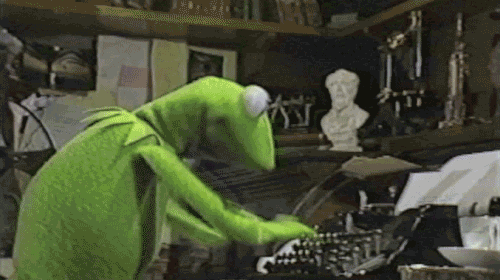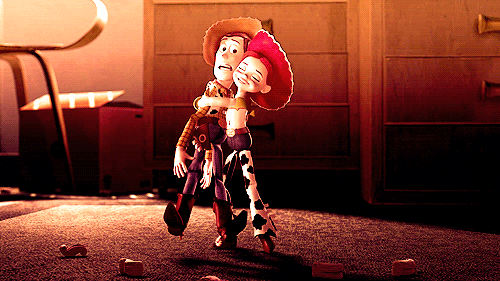Overall, history concepts and skills are being developed through this process because the students are working on different inquiry skills. Inquiry skills that are being worked on are questioning, investigation, and deeper/critical thinking skills. Before this project I felt that I was generally knowledgable in history; however, after this project I feel that I have been able to gain a deeper understanding of pedagogical knowledge. Content knowledge, specifically, has developed through this project because the students are able to learn about different parts of history through the different articles. This project also allowed us to develop pedagogical knowledge because by practicing this in the class as the students, we as teacher candidates, can better serve the students because we know the inquiry process in and out.
For grade one I will adapt this project by splitting the students into one or two groups to show them a teacher made artifact bag. I would make this adaptation because the students are still completing the steps of the inquiry process without getting distracted by the bags, tissue paper, and items. For third grade, I would adapt this project by having the teacher make the artifact bags, but the students will be split into small groups of four or five. Also, roles will be assigned to each students and there will be a checklist to keep all of the students on track. I would make these adaptations because the students are reaching the maturity of being able to work on projects with groups. I would do the same for fourth grade. For fifth and sixth grade students I would allow them to choose from a list of events in history to do an artifact bag on. I would still use roles and checklists to keep the students on track. State standards that this project will be meeting are: develop questions about the world in which we live that can be answered by gathering, interpreting and using evidence and identify arguments or opinions of others with support.
Generalizations will be a breeze to teach students because we are going to connect the geographical concepts to the types of historic events. Students are going to be using the inquiry process as well which is making hypotheses. This relates to different readings from the course because it is showing teachers how to help students make generalizations. This article: American Indians and american Environments is helpful to teachers and students. These projects are helpful in teaching history because it is engaging for the students. Students are getting excited to learn about the different historical concepts when they are doing projects.
Overall, this project was helpful in teaching me about history. I enjoyed finding artifacts for this project and creating a visual representation of the tribe I used. I learned a lot about being able to teach history, and I am excited to use this process in my class.




